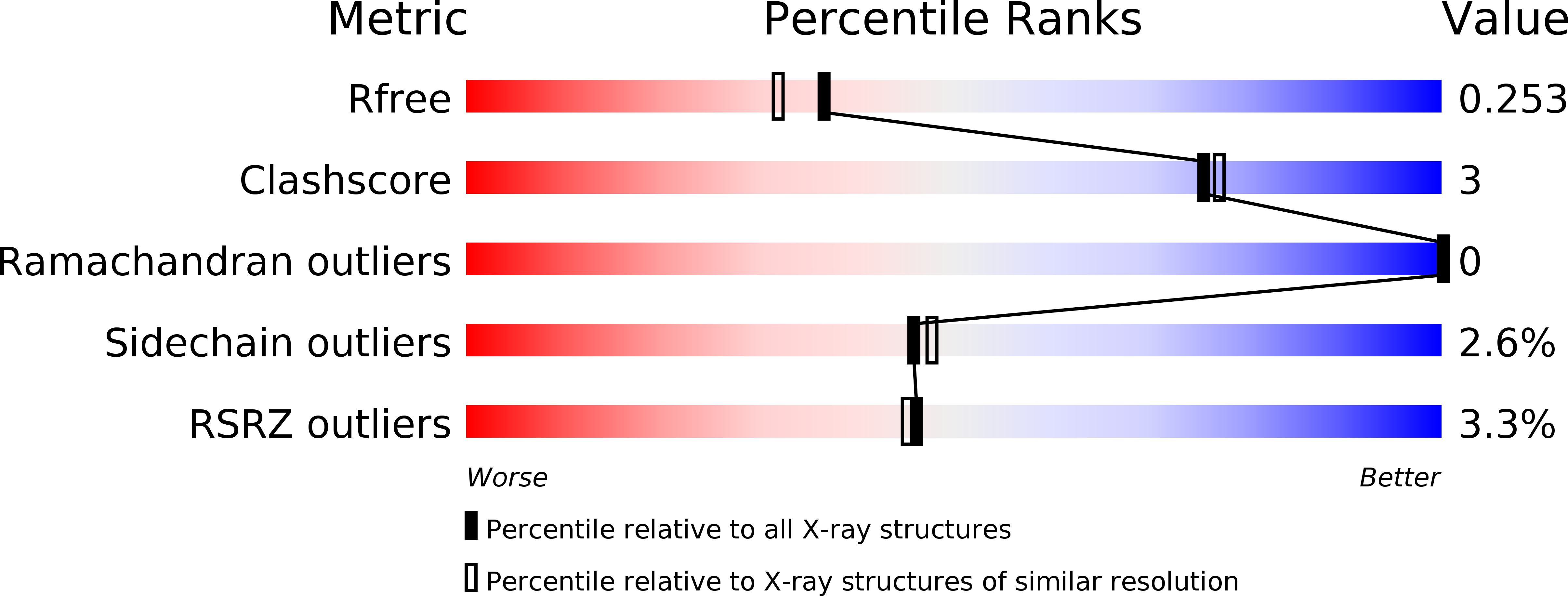
Deposition Date
2009-12-01
Release Date
2010-02-23
Last Version Date
2024-11-27
Entry Detail
PDB ID:
3KWC
Keywords:
Title:
Oxidized, active structure of the beta-carboxysomal gamma-Carbonic Anhydrase, CcmM
Biological Source:
Source Organism:
Thermosynechococcus elongatus (Taxon ID: 197221)
Host Organism:
Method Details:
Experimental Method:
Resolution:
2.00 Å
R-Value Free:
0.24
R-Value Work:
0.19
R-Value Observed:
0.20
Space Group:
P 21 21 21


